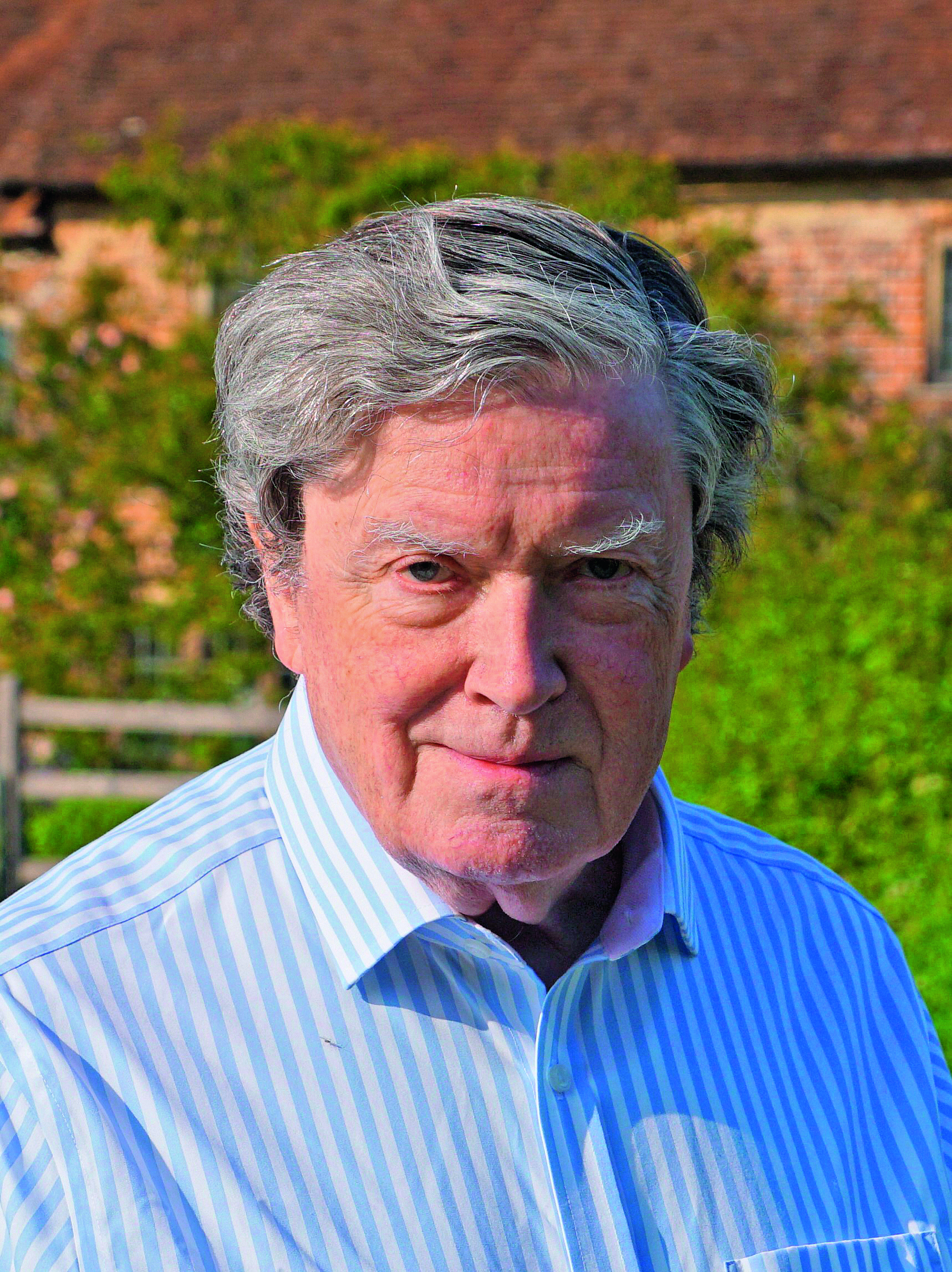Winkworth Arboretum, the 'Museum of Trees' that celebrates the art of planting for autumn colour
When Dr Wilfrid Fox began his arboretum in 1938, he envisaged not simply a collection of tree species, but planting on such a scale as to create its own landscape. Under its new manager, this extraordinary place is, at last, being given the attention it deserves, reveals Charles Quest-Ritson.

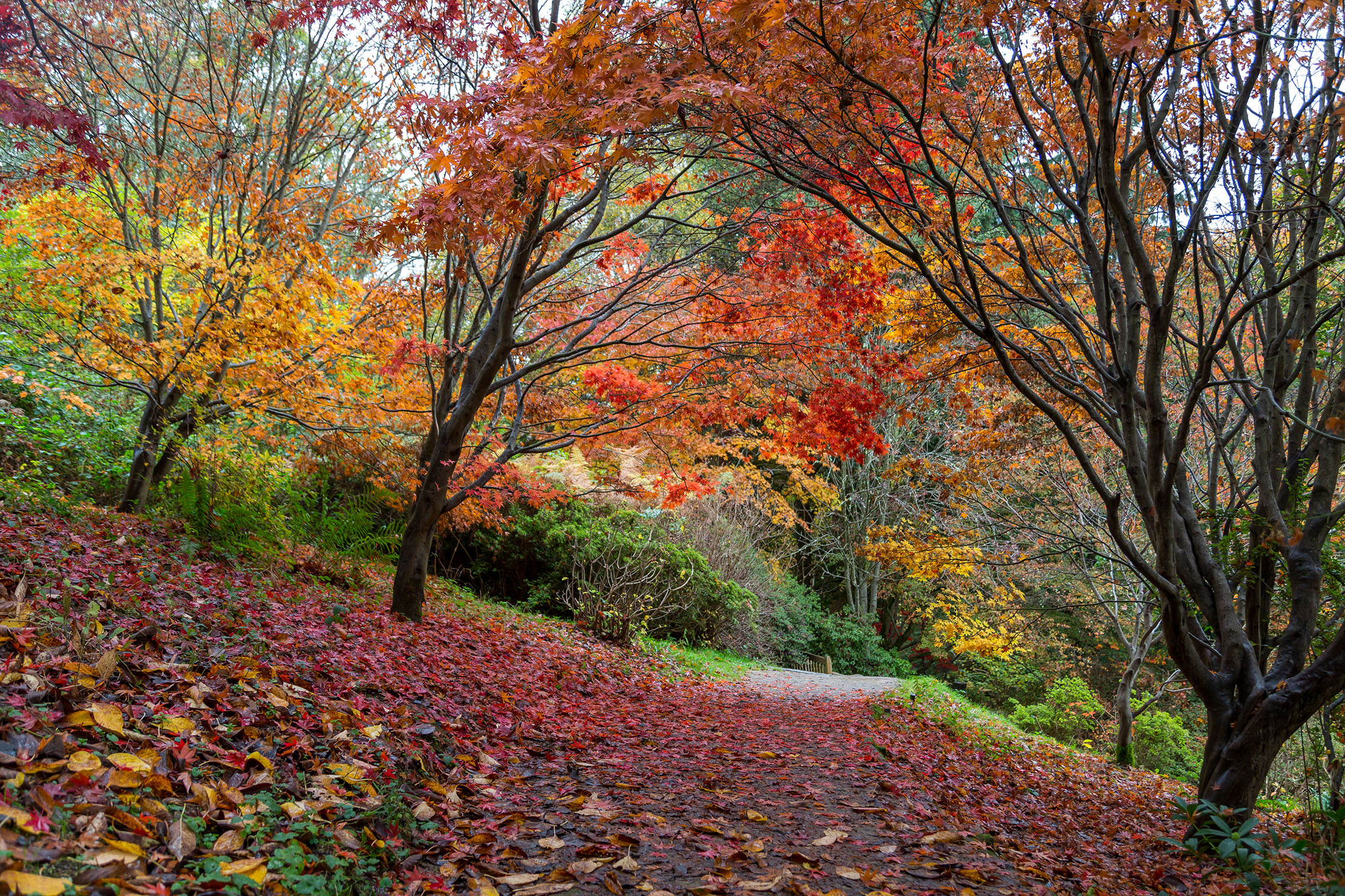
Winkworth was the brainchild and passion of Dr Wilfrid Fox (1875–1962), who planted this most beautiful arboretum in the middle years of the 20th century. It is now a much-prized asset in the National Trust’s portfolio of grand gardens.
The Trust calls it a Museum of Trees, but, actually, it’s better than that. Ever since Fox started planting in 1938, much thought has gone into the artistic effects made possible by planting for flowers in spring and leaf-colour in autumn.
Fox was an interesting man. He came from a family of Liverpool merchants who made their fortune in South America. Independently wealthy, he nevertheless qualified in medicine and ran a thriving Harley Street practice as a venereologist (politely known, in those days, as a dermatologist). During the First World War, he converted his motorcar into a field ambulance and drove to France to serve with the Royal Army Medical Corps.
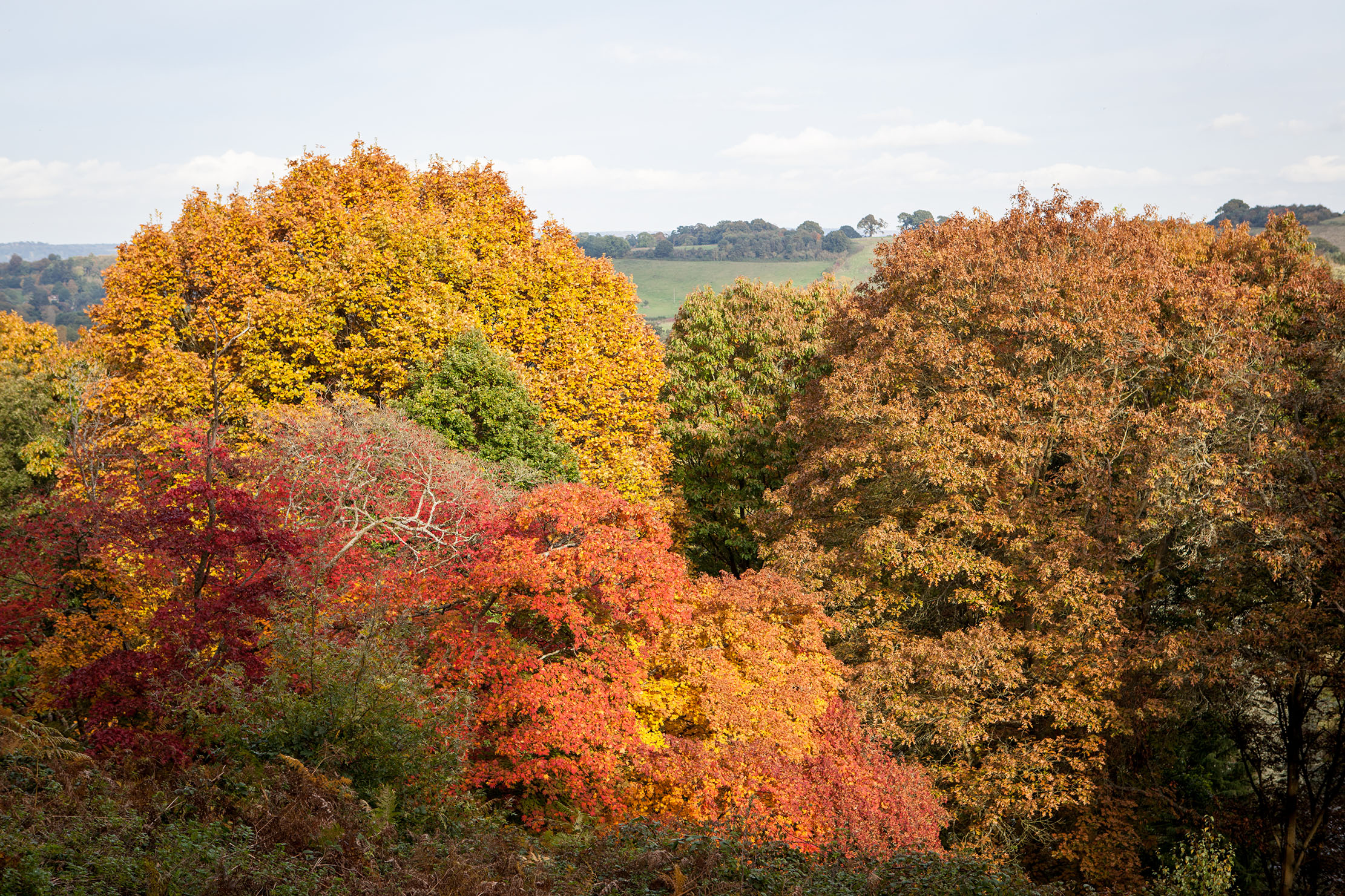
He retired from his medical practice aged 51 in 1926 and spent the rest of his life at Winkworth Farm, three miles south-east of Godalming in Surrey. His acquisition of 65 adjoining acres in 1937 enabled him to create the arboretum of which he dreamed. Further land was added subsequently, so that Winkworth now extends to about 100 acres.
Fox’s passion for trees dated from his earliest youth. He was one of the founders of the Roads Beautification Association, which, in the 1930s and 1940s, was responsible for planting thousands of ornamental trees, such as pink cherries, along trunk roads. He admired the tree collections at Exbury, Westonbirt and Sheffield Park and knew their owners.
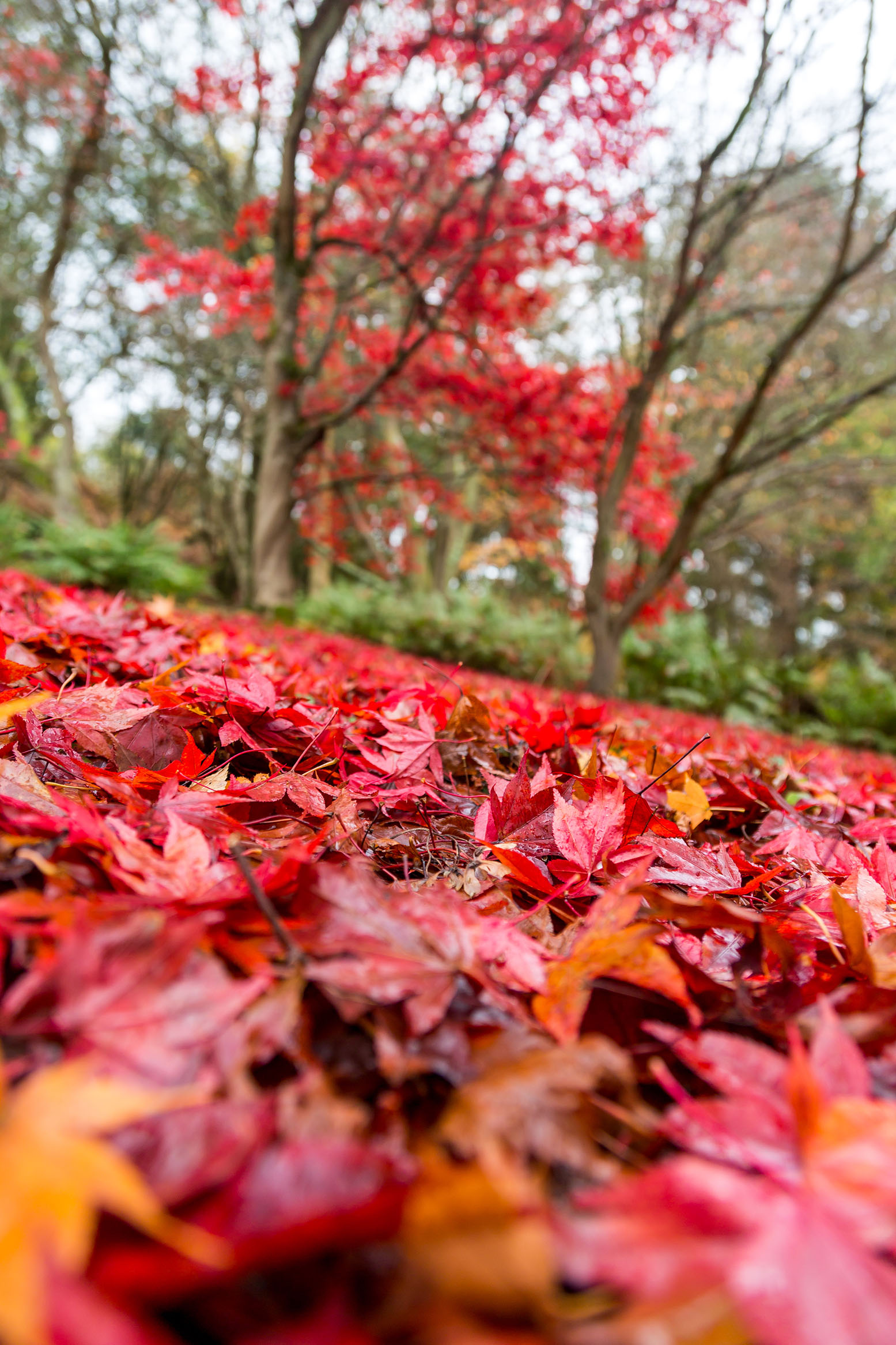
Not for him the bitty plantings of plantsmen who simply want to collect as many species as possible. ‘A mistake which is commonly made in landscape planting,’ he wrote, ‘is making the groups too small.’ Fox wanted massive plantings and mega colour effects. He believed that, if one planted on a grand scale, the result would be a landscape of its own and no longer need to be in harmony with the landscape beyond. He explained: ‘If one plants “exotics” (sometimes a term of opprobrium) sufficiently boldly, they can, in a very short time, become part of our English scenery.’
Most of the land at Winkworth lies on a greensand plateau, but part of it runs down a steep hill to a valley where an artificial lake was made long before Fox bought the estate. He saw he could plant the dramatic escarpment with bold groups of trees, the shapes and colours of which would be reflected in the calm waters below. Accordingly, he placed two massive drifts on the lower slopes: 24 trees each of American red oak Quercus coccinea and Liquidambar styraciflua.
Exquisite houses, the beauty of Nature, and how to get the most from your life, straight to your inbox.
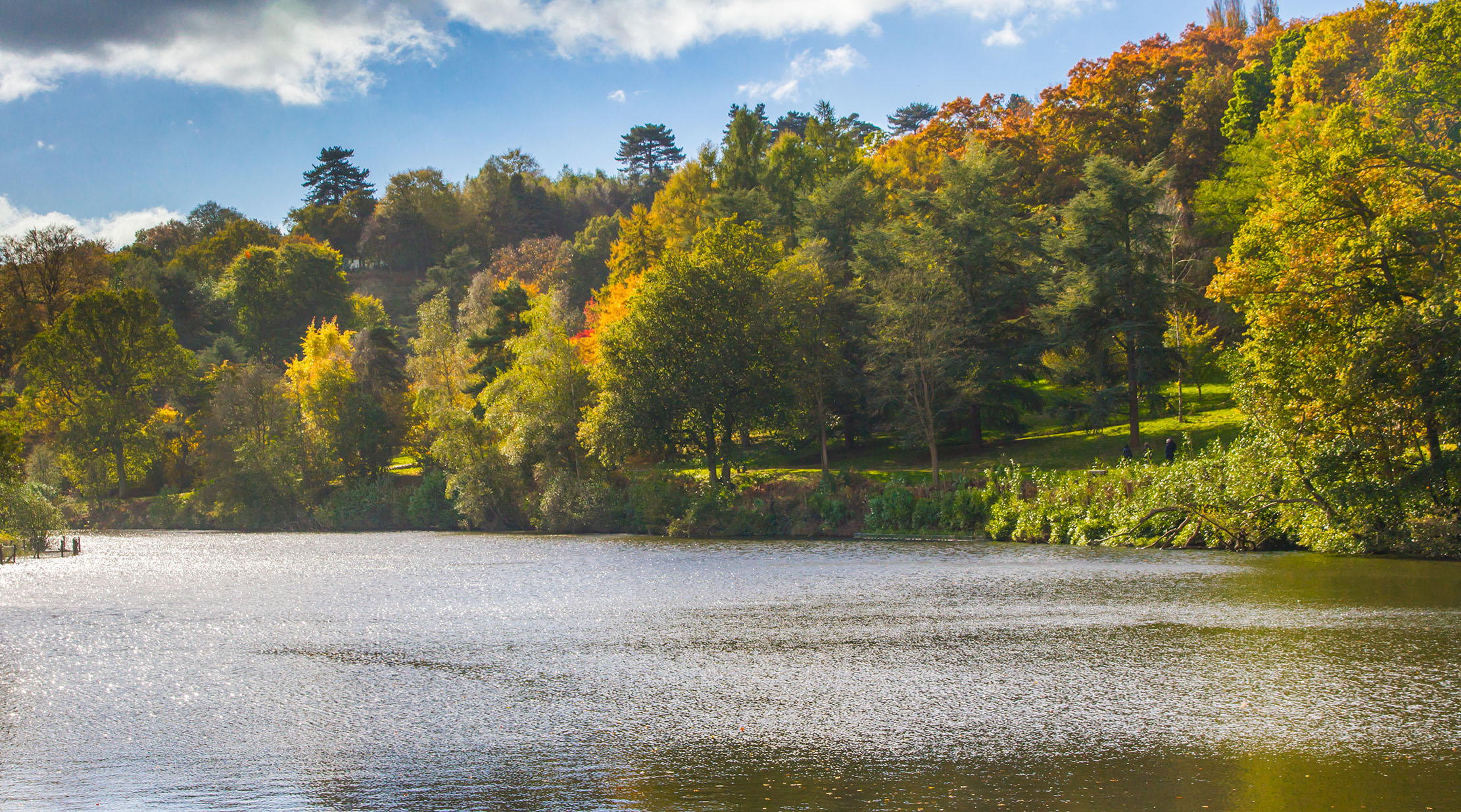
Over the years, the oaks have proved a disappointment because they don’t colour as well as expected and seem to be short-lived. The liquidambars, on the other hand, have thrived, and their display of autumn colour is the longest of all trees — up to 10 weeks from start to finish. The Trust has decided, quite correctly, to increase the number of liquidambars and to try the oaks in another part of the arboretum.
Fox called himself ‘an artist using trees and shrubs to paint a picture’. He loved maples and planted many species. Some have fared better than others. Acer rubrum is one of the most successful and, over the years, mature specimens have been limbed up to create a woodland canopy under which shade-loving species flourish. Layered planting is now the key to maximising the ornamental effect.

In the lee of Acer rubrum are some 80 different Japanese maples, some dating back to the earliest days of the arboretum, their fallen leaves creating a carpet of red, orange and yellow in late October. Acer palmatum Osakazuki is consistently one of the best.
The Canadian sugar maple, Acer saccharum, is always among the first at Winkworth to show its brilliant red colouring, early in September. Nyssa sylvatica, the American tupelo, is also a dependable vehicle for autumn colour, but its leaves do not last long upon the trees. A smaller tree that does give a lengthy autumn display is the Persian ironwood Parrotia persica; three specimens planted as a group down by the lakeside have spread themselves out very attractively.
There are many habitats at Winkworth and Fox exploited them to meet the different needs of ornamental trees and shrubs. Some of his ideas, such as underplanting ancient bluebell woodland with azaleas, might not be considered acceptable nowadays. He had an interest in Sorbus species — rowans and whitebeams — all of which have handsome leaves and impressive flowers, usually followed by autumn colour and splendid clusters of fruit (S. cashmiriana keeps its large white fruit until well into the new year). Once, Winkworth’s Sorbus were recognised as a National Collection, but severe losses — they are often short-lived — are now being made good with help from another National Collection at Ness Botanic Gardens in Cheshire.

Fox planted mainly for spring and autumn colour, but a Trust property open to the public must support visitor interest all through the year. Mahonias, hamamelis cultivars and Cornus mas are always much admired when they flower in winter. This is also the season to study the infinite colours and patterns of tree bark: snake-bark maples and almost all birches show their trunks off best in winter. Late-summer colour comes from such shrubs as hydrangeas, Clerodendrum trichotomum and flowering trees of Eucryphia Rostrevor and E. x nymansensis Nymansay, both of them champion specimens.
Winkworth has many champion trees. Among the largest examples in the British Isles are Acer davidii Madeline Spitta (named after Fox’s secretary), the upright tulip tree Liriodendron tulipifera Fastigiatum and the American chestnut Castanea dentata, now blighted almost to extinction in the wild. The many Surrey champions — meaning that they are bigger than anything at Wisley or the Savill Garden — include three huge magnolias flowering in early spring — Magnolia campbellii subsp. mollicomata, M. Lanarth and M. x veitchii.
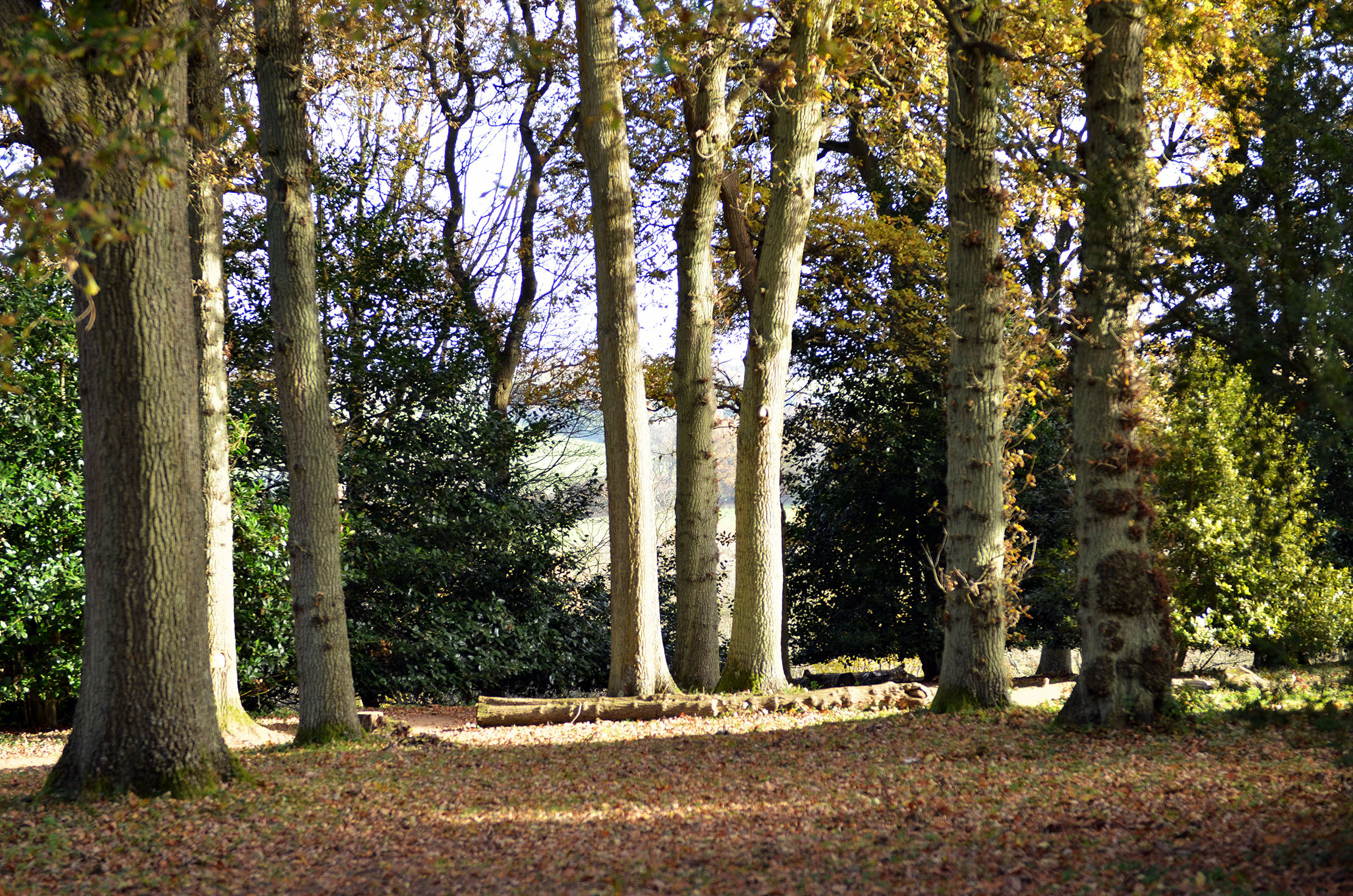
There is much to entice the knowledgeable visitor, including a huge Halesia monticola and a magnificent Nothofagus obliqua. Fine horse chestnuts include the invaluable Aes-culus indica, late flowering and resistant to leaf-moth, and Japanese Aesculus turbinata, the leaves of which are the largest in the genus, twice the size of our common conker trees.
There are several Cercidphyllum japonica trees at Winkworth and the intriguing smell of burnt sugar their leaves emit in autumn catches the visitor unawares. An avenue of the Japanese Hill cherry, a close relation of Prunus serrulata Kanzan, was one of Fox’s first plantings. Almost all those trees have died, so the Trust needs to consider whether to replant them and, if so, where to put them.
You will not see a single eucalyptus tree — they were far too exotic even for bold Dr Fox. For simple tree worship, however, Winkworth remains a most enjoyable place of pilgrimage.
Winkworth has been owned and managed by the Trust in some degree since 1952 and now has 140,000 visitors most years. It is the charity’s only dedicated arboretum and perhaps the knowledge and skills required to manage it have not always been readily available in-house.
The current manager, Graham Alderton, came from outside the Trust and is quickly putting Winkworth on the right tracks for the next 30 years or so. A programme of restoration and upgrading is on the way, as are better parking, refreshed reception buildings and improved signs.
Nevertheless, the Trust is hampered by a lack of records — nothing to indicate when the individual trees were planted or where they came from. Labelling was, at one period, completely neglected. There are important trees that Mr Alderton, a Kew-trained tree-expert, is still trying to find. Others are in need of accurate naming. He is assisted by three full-time gardeners — not really enough for 100 acres, although two are qualified arboriculturists. In a normal year, as many as 30 volunteers undertake essential tasks — pruning, clearing, chipping and mulching, as well as working with strimmers and light machinery. Although building work is on hold for now, the future looks positive.
Winkworth Arboretum, Godalming, Surrey, near Gertrude Jekyll’s Munstead Wood — www.nationaltrust.org.uk

Curious Questions: Why do leaves change colour in Autumn? And why do some go yellow while others are red, purple or brown?
The riotous colours on the trees around us are one of the highlights of the year — but why do leaves
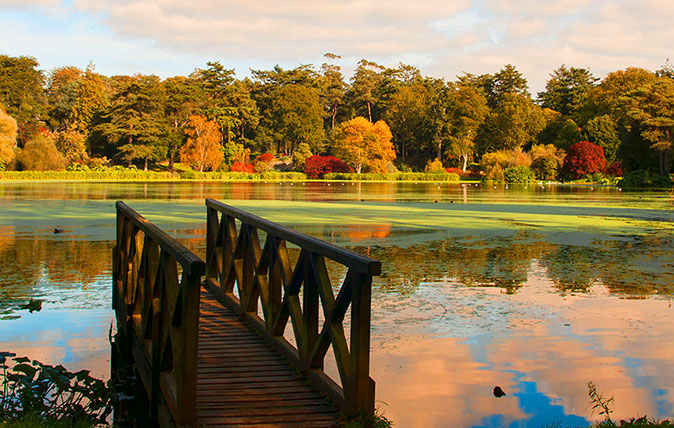
11 of the best places in Britain to enjoy Autumn colour
A riot of autumnal splendour has broken out across the country.
Charles Quest-Ritson is a historian and writer about plants and gardens. His books include The English Garden: A Social History; Gardens of Europe; and Ninfa: The Most Romantic Garden in the World. He is a great enthusiast for roses — he wrote the RHS Encyclopedia of Roses jointly with his wife Brigid and spent five years writing his definitive Climbing Roses of the World (descriptions of 1,6oo varieties!). Food is another passion: he was the first Englishman to qualify as an olive oil taster in accordance with EU norms. He has lectured in five languages and in all six continents except Antarctica, where he missed his chance when his son-in-law was Governor of the Falkland Islands.
